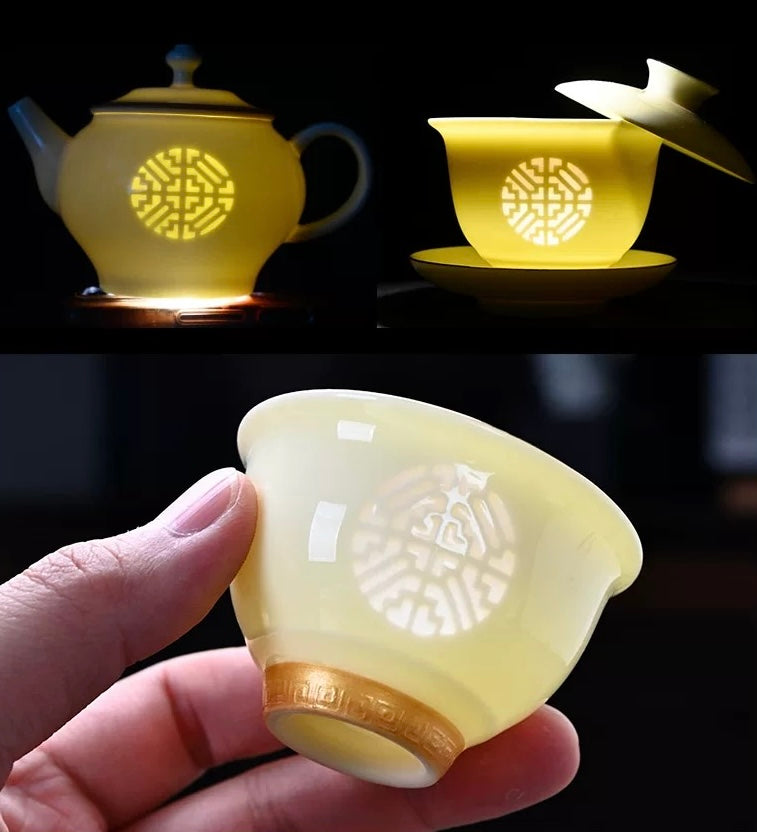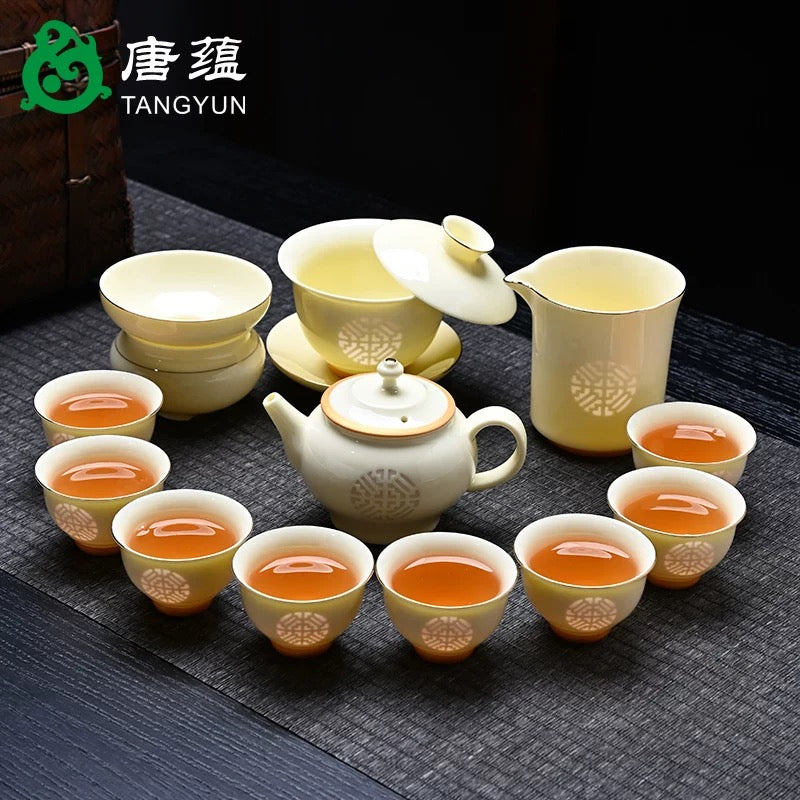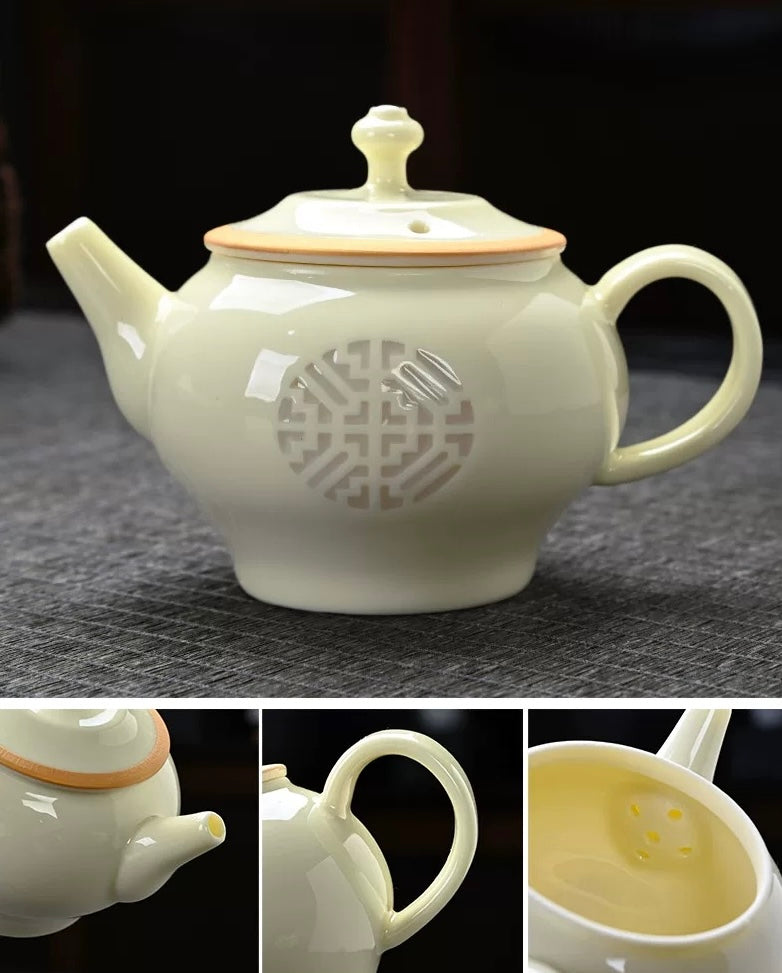唐蕴
Exquisite Linglong Cup: Merging Tradition & Modern Artistry in Ceramic Excellence
Exquisite Linglong Cup: Merging Tradition & Modern Artistry in Ceramic Excellence
Normaler Preis
$69.00 USD
Normaler Preis
$74.00 USD
Verkaufspreis
$69.00 USD
Grundpreis
pro
Verfügbarkeit für Abholungen konnte nicht geladen werden








